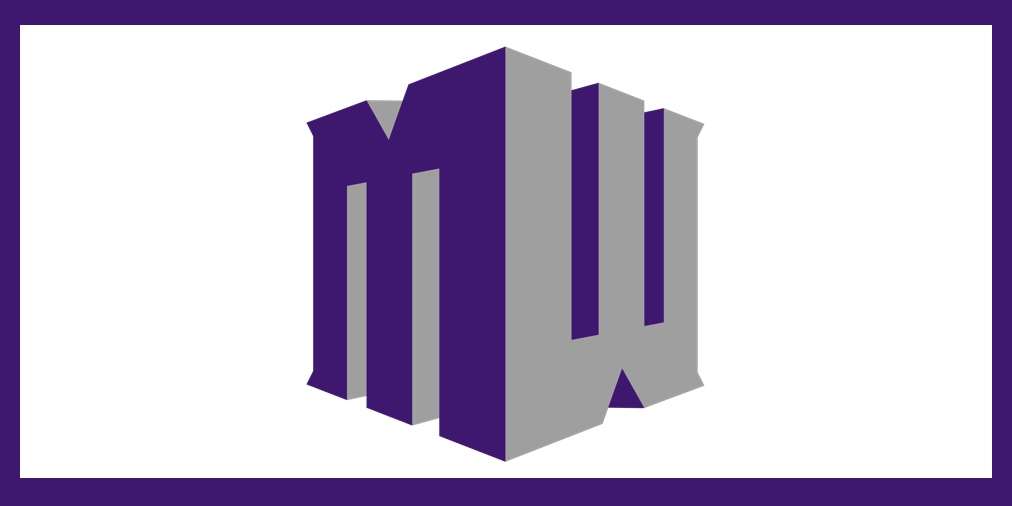
College basketball is in full swing, withteams hoping to pad their resumes with marquee early season wins. Those wins or loses will come under heavy scrutiny as the NCAA selection committee begins to formulate the final field of teams that will make this year’s NCAA Tournament. Winning is ultimately the best way to ensure entry to the Big Dance, but not all wins are created equal and that’s where scheduling comes into play. Mid-majors are finding it more and more difficult to schedule, but why? CollegeAD recently had the opportunity to speak with Mountain West Senior Associate Commissioner Dan Butterly about scheduling issues facing teams in the Mountain West and its peers, as well as how the league is helping its members put together the most competitive schedules possible.
CollegeAD: With basketball season getting underway, it’s been reported that the Mountain West and Atlantic 10 will partner and create some type of scheduling alliance. What’s the thought process behind scheduling alliances when it comes to basketball scheduling?
Dan Butterly: Every conference is working to guide their basketball programs towards better nonconference scheduling, obviously, you’re trying to get more at-large consideration for the NCAA Tournament. So you’re trying to find that right mix of recommendations, analytics, and data to provide your coaches the means to go out there and get the right mix of games.
Nonconference scheduling is getting more difficult, top programs aren’t willing to go on the road and play home-and-home series like they used to. They’re really keeping it local, as much as they can. Budgets, for travel, to buy games, it’s getting much more expensive to run college athletic departments. Coaches are worried about job security and many other factors when they look at scheduling. We’re always looking for quality nonconference games against constant top 10 multi-bid conferences. A peer conference is what you look for in a challenge series, and that’s what we continue to do. 
We were told by a men’s basketball committee representative a few years back that one better game, per team, per year, can help raise a league’s national ranking 2-4 spots depending on who you align with and how you do in those games that you schedule up. Many conferences are going to 20-game conference schedules which eliminates more nonconference game opportunities, each nonconference must have a purpose now. When you’re looking at 20 conference games and maybe 7-9 nonconference games that you get to schedule, it’s important to schedule the right teams from the right leagues in that respects. Having one more game against a peer conference has helped the Mountain West in the past with our affiliation with the Missouri Valley. That partnership will end after this season, we are taking a year off and reevaluating what we’re doing moving forward.
But the challenge series, fans have an interest in them, obviously, both leagues in the right affiliation get better and provide a better scheduling opportunity for each team.
CollegeAD: How much of an impact is the NET system having on scheduling?
Dan Butterly: I think it is definitely a factor when you look at, similar to the conference scheduling initiative, the NET and quad system make scheduling much more of a chess match. You want to get smarter with scheduling and find the right balance.
In a challenge series, you want to try and match the top teams against the top teams and work your way down. Your top teams are generally the ones considered for at-large opportunities in the NCAA Tournament. You’ve got to focus in on those quad-one, quad-two games, top 150 opponents. The great thing too about the challenge series is 50% of the games will be at home and 50% on the road. That balances out as you get a mix of home-and-homes basically each of the two years.
 Still trying to figure out the NET system, trust that Dan Gavitt and the NCAA basketball committee that the NET system will be a great improvement over the RPI, we’re all looking forward to it. We haven’t seen the NET ranking system in action yet but look forward to the first NET rankings being published in the next few weeks to see how the systems shakes out compared to RPI.
Still trying to figure out the NET system, trust that Dan Gavitt and the NCAA basketball committee that the NET system will be a great improvement over the RPI, we’re all looking forward to it. We haven’t seen the NET ranking system in action yet but look forward to the first NET rankings being published in the next few weeks to see how the systems shakes out compared to RPI.
CollegeAD: How does scheduling work within the alliances?
Dan Butterly: You look at each year individually but you guarantee in the first two years that you’re going to get a home game and a road game. If for example, San Diego State goes on the road in the first year, they will get a home game in the second year. So what that does, it limits the pool a little bit in who you would play the second year. If its a ten team situation like we have with the Missouri Valley, you’re in a pool of five teams on who you get back the next year.
So in the first year, you certainly consider who those return matchups maybe in the second year.
CollegeAD: How has basketball raised the profile and brand of the Mountain West?
Dan Butterly: It’s our 20th season, and you look at what Steve Fisher did, when the Mountain West first started, San Diego State was not very good and Steve came in the first year of the league and really built that program into a national contender. Took them to the NCAA Tournament in 2002, did a great job of elevating the Mountain West basketball brand, making SDSU a national brand as well. Eric Musselman is now doing that at Nevada.
In football or basketball, the Mountain West is ranked at the top or near the top every year within our peer conference group. We will continue to do everything we can to put our teams in the right position to have success and many of our teams are doing just that. I think we will continue to do what we can to put the Mountain West and our programs at the top and hope that our teams can compete and stay at the top.
